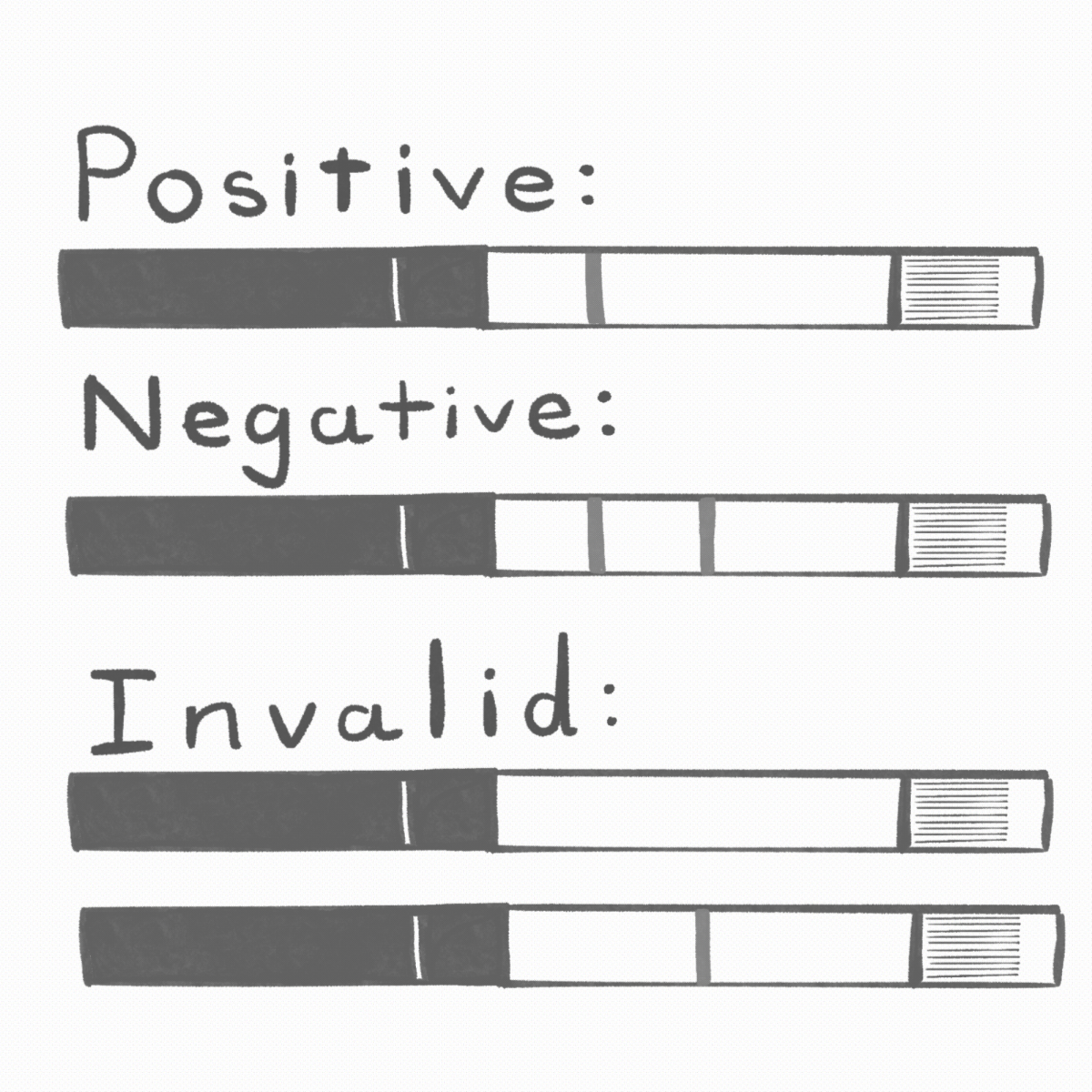Standing in the long lunch-rush line at Freshii “” a phenomenon juniors and seniors have come to half-jokingly blame on the swollen class of 2020 “” I scan the menu, graphic design, and the products. My eyes fall on the ¡Por Vida! logo-adorned information sheet, a new addition to the build your own meal clip boards and promotional materials that litter the counter by the registers.
In case the reader is unfamiliar with the program, ¡Por Vida! is “a community of restaurants committed to offering healthy choices in San Antonio,” according to their Facebook page. For a food item to qualify for the ¡Por Vida! seal of approval, it must satisfy a smattering of standards related to calorie count, saturated fat, added sugar and sodium content, to name a few, with the specifics varying slightly depending on whether the item qualifies as a meal, a single entree or a side item. It was created collectively by the San Antonio Metropolitan Health District, San Antonio Restaurant Association and the Texas Academy of Nutrition & Dietetics.
Yet included on the list of ¡Por Vida! Healthy Options at Freshii are all four juices Freshii offers. Having heard rumblings that the health benefits of juicing are dodgy at best, I can’t help but wonder: is juicing actually good for you? And, more specifically, does it make sense for ¡Por Vida! to label Freshii’s “Carrot Zinger,” “Green Energy,” “Mighty Detox” and “Red Power” juices as healthy choices?
Let’s start with the first pressing question. Dusting off my nifty Trinity University Research Skillsâ„¢, I consulted a variety of research and articles online, attempting to get some clarity on the health effects of juicing. The general health benefits pro-juicers tend to claim are that juicing helps prevent disease, boost weight loss and detox the body, ridding it of toxins (the toxins, in this case, being solid food camping out in your bowels.)
In terms of disease prevention, it is true that consuming fresh fruits and vegetables daily is linked to a decreased risk of heart disease and some types of cancer. But there is no research suggesting that these effects are increased from juicing rather than eating whole foods. In fact, while juicing whole fruits and vegetables retains most of the nutrients (vitamins, minerals, antioxidants), it removes almost all of the fiber content by removing the pulp. This is an issue because some studies have linked high fiber content to the disease-prevention properties of fruits and veggies. Fiber is also what helps make people feel full when eating fruits and veggies, so one of the risks associated with juicing is that people may make unhealthy food choices to compensate for how empty their stomachs feel while juicing.
Weight loss as a health benefit seems sketchy to me from the get-go, because of the long history of fad diets triggering rapid unsustainable weight loss, weight that usually piles right back on “” and then some “” once the diet is over. Research basically told me as much: while juicing can cause weight loss due to intense calorie restriction, it also can cause muscle loss due to the lack of protein present in most juice. Further, the calorie restriction involved with juicing makes the body think it is starving, and the body lowers its metabolism as a result. Research has shown that these metabolism slowing effects can also be long-term, meaning juicing can lead to weight trouble down the road. Even worse, due to the typically high sugar content of juice, and the fact that the human body digests and absorbs liquids faster than solids, consuming fruit juice causes a fructose spike, most of which actually gets stored as fat. And even worse yet, consumption of fruit juice is linked to increased risk of developing type II diabetes, whereas consuming whole fruits have the opposite relationship. All of this combined lead me to conclude that juicing is neither a healthy nor sustainable method of weight loss.
With regard to supposed “detoxing” effects of juicing, the research was pretty clear. Bowels are self-cleaning organs that work in tandem with the liver and kidneys to detox the body naturally. Humans have evolved to do this over millions of years. There’s no scientific basis for any sort of “cleansing” via juicing.
All this being said, there are healthy ways to juice and not harm your body. The ideal juice would be composed mostly of vegetables with small amounts of fruit included for flavor. It would have ingredients added to provide healthy fats (e.g. olive oil, chia seeds, coconut oil) and protein (e.g. almond milk, avocado, greek yogurt, whey protein.) For athletes, the ideal juice would also contain alkalizing components (e.g. lemon, lime) to aid in muscle recovery, and some sort of performance-enhancing compound (e.g. sea salt, powdered electrolytes.) The produce used would ideally be organic, to avoid making essentially a pesticide cocktail. Lastly, the ideal juice would avoid produce with high sugar content in its resulting liquid, like carrots and apples.
Holding this ideal juice composition in mind, I invite San Antonio to look at Freshii juices. I could not determine the ratio of vegetables to fruit in the juices because the recipes for them are confidential, so the manager at The Commons was not authorized to share that information with me. Freshii has a 2016 nutrition facts PDF on their website, which enabled me to evaluate the juices on the other criteria. All four of the juices contain zero grams of fat. This is especially worrisome for students, as consuming healthy fats is crucial for mental clarity and energy levels. All four juices have two or less grams of protein. Two of the juices have lemon, but due to the confidentiality of recipes I cannot conclude whether it is a sufficient concentration to have beneficial alkalinizing effects. None of the juices have performance enhancing compounds. The produce used in the juice is not guaranteed to be organic, as Freshii stated on its official Twitter account on Feb. 4, 2014 at 11 a.m. All of the juices contain either apples, carrots or both. The resulting sugar content is deeply concerning.
The maximum recommended daily sugar intake according to the World Health Organization is about 25 grams per day for the average adult. Recommended naturally occurring sugar intake (as opposed to added sugar intake) is usually calculated as a percentage of overall carbohydrate or caloric intake, but for immediate purposes this simple 25-gram standard is more useful. The results are grim. Consuming any two of the four juices Freshii offers exceeds this limit. The high sugar content is especially shocking considering the “cleanse” Freshii offers involves consuming all four each day of any cleanse, for a whopping 63 grams of sugar per day.
In my opinion, the sugar content of the juices exposes a weakness in ¡Por Vida! standards. Because ¡Por Vida! standards only restrict added sugar content, the high sugar content of these juices skates by undetected. If one of the goals of ¡Por Vida! is to decrease the risk of obesity and diabetes in San Antonio, Freshii juices are not the way.
Call me old-fashioned, but humans need solid food. Yet I also acknowledge that not every choice a college student makes needs to be healthy all of the time. If someone wants to consume fiberless sugar water, they have every right to do that on campus. My point is this: it is neither reasonable to label Freshii juices as healthy nor ethical to mislead the public into believing that juicing is a healthy decision, as the ¡Por Vida! logo does in this case.






